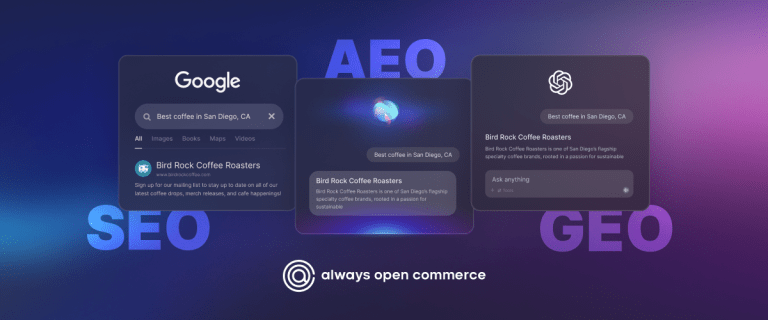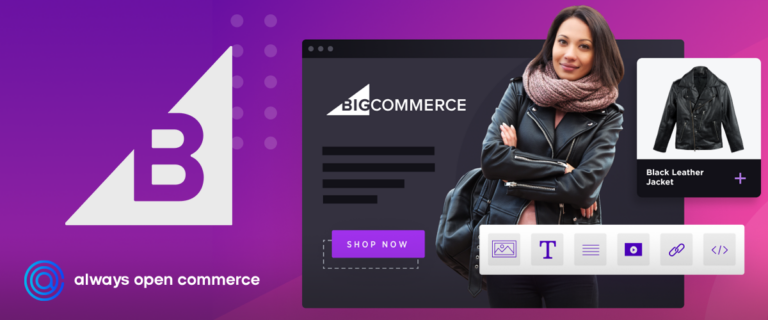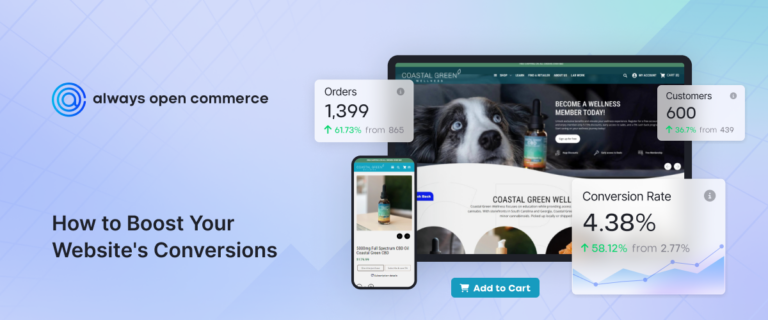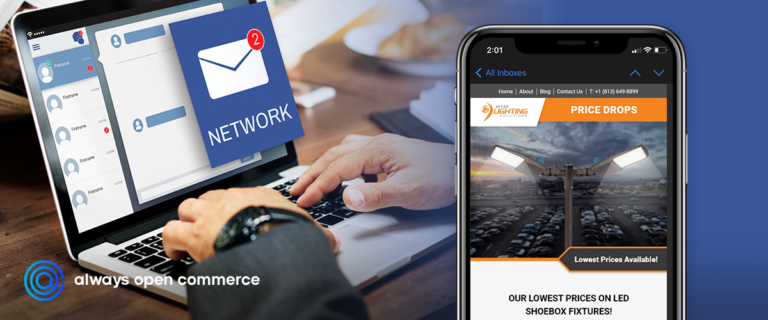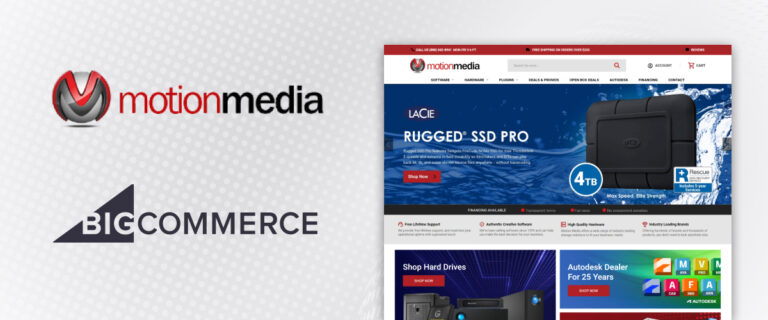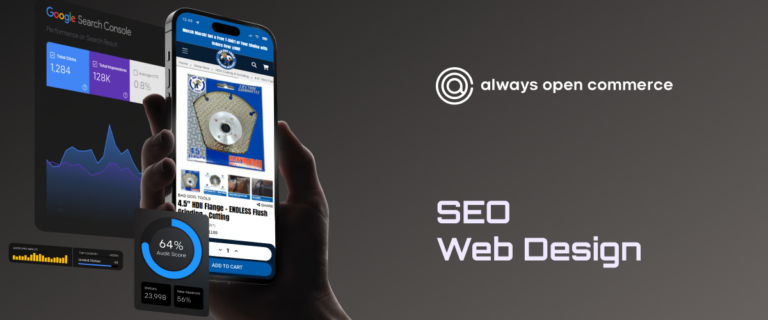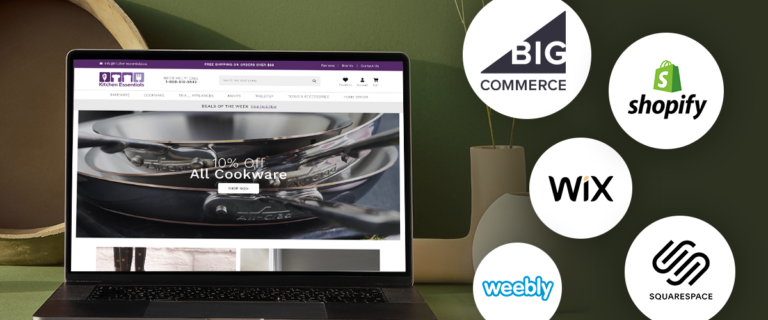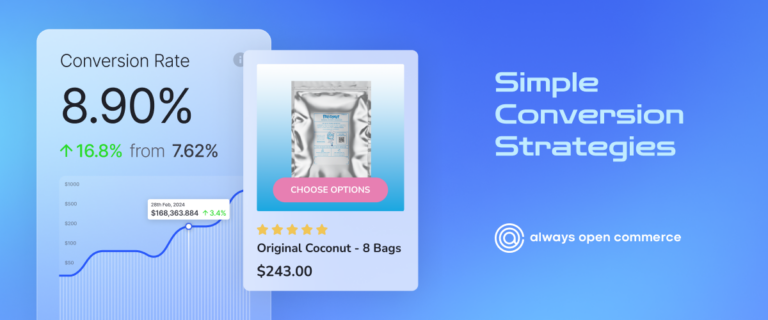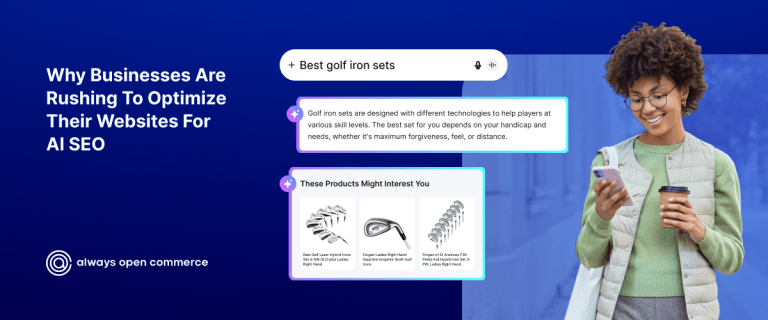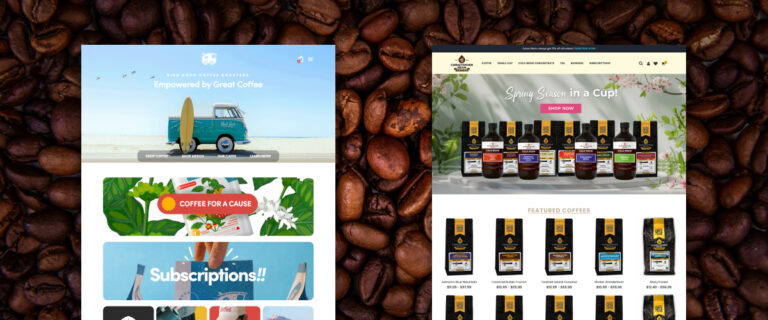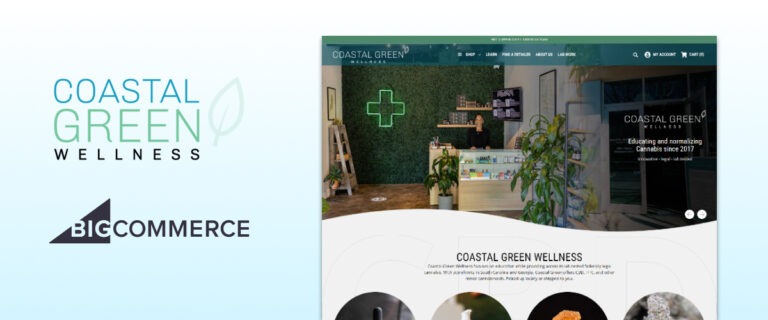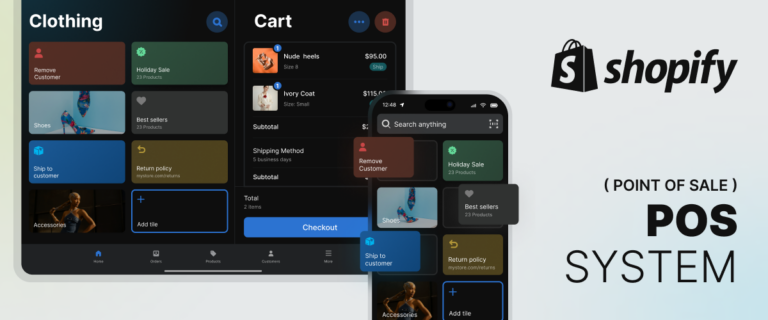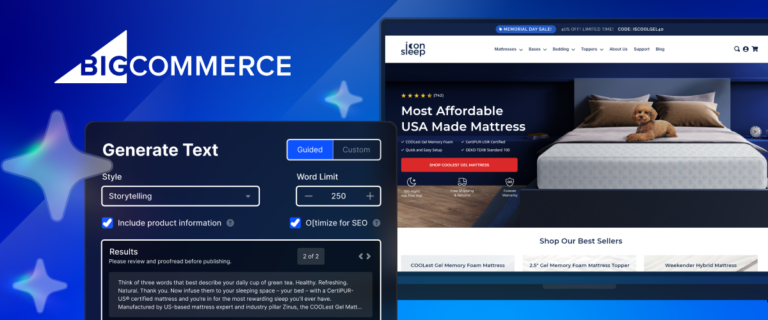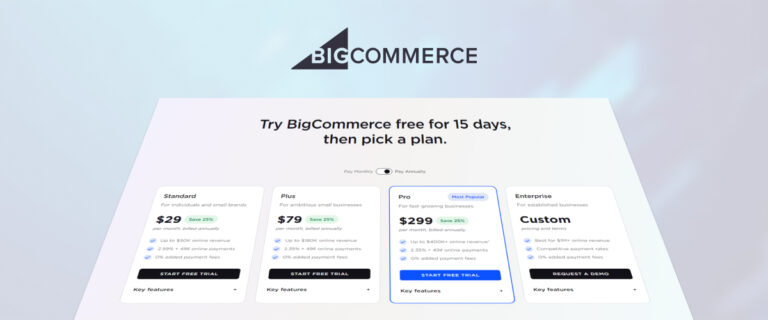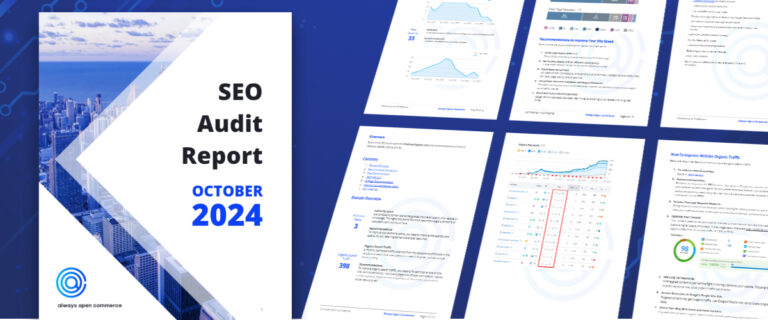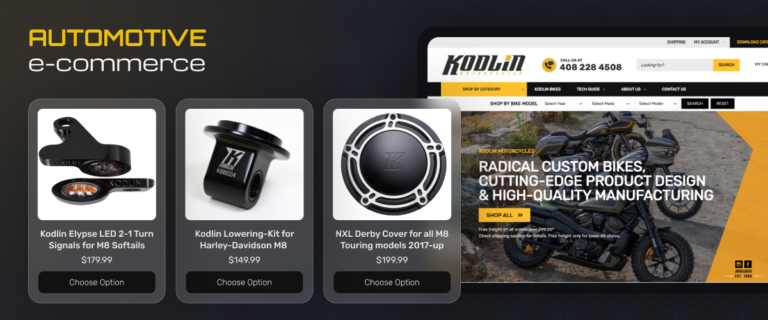As an e-commerce business, you know success relies on customer satisfaction and engagement. That’s where user-generated content (UGC) enters. UGC is a powerful tool that can take your e-commerce strategy to the next level by providing authentic and valuable content straight from the source – your customers themselves!
Explore why UGC should be a priority for e-commerce businesses wanting to establish brand trust, attract new customers, and increase sales.
User-Generated Content (UGC)
User-generated content (UGC) are posts created by users. This may contain text, images, videos, and more! UGC has become popular because it can build trust and credibility.
One most significant benefit of UGC is it provides social proof for your products. When people see posts about positive experiences, they are more likely to trust you and make a purchase.
Furthermore, UGC also helps increase engagement on your website or social media platforms. Customers who feel valued and included are more likely to continue engaging with your brand over time.
Another advantage of UGC is that it can help save time and resources when creating new content. By leveraging user-generated content on your website or social media channels, you’re tapping into an existing pool of quality material!
Incorporating user-generated content into your e-commerce strategy boosts sales, building trust with potential customers.
The Benefits of UGC
User-generated content (UGC) is advantageous to your e-commerce strategy. UGC can include anything from customer reviews, social media posts, images and videos featuring your products.
UGC acts as social proof for potential customers who may be contemplating purchasing your product. Seeing other people’s positive experiences with the product helps build trust and confidence in the brand which ultimately increases conversion rates.
Additionally, UGC allows you to tap into your audience’s creativity while also providing free marketing material for your brand. This saves on advertising costs and creates a genuine connection between the brand and its consumers.
UGC also generates valuable insights into customer behavior and preferences enabling brands to tailor their offerings better based on feedback received from actual users.
Incorporating UGC makes it easy for brands to engage with their customers directly resulting in increased loyalty towards the brand while also creating a sense of community among users through shared experiences.
Harnessing the power of user-generated content effectively, e-commerce businesses reap significant benefits while building lasting relationships.
How to Encourage UGC
When encouraging user-generated content (UGC), the key is creating an environment that promotes engagement and participation. Leverage social media platforms where consumers spend a significant amount of time.
One effective strategy for encouraging UGC involves creating interactive campaigns that ask users to share their experiences or opinions about a particular product or service. Contests, giveaways, and other incentives can also motivate users to contribute content.
Another approach is incorporating user-generated reviews and ratings into your e-commerce site. Providing customers with a platform to share their thoughts on products encourages them to engage with your brand and present valuable feedback for others who may want to purchase.
Don’t forget the power of personalization when it comes to UGC. Sharing photos or stories from real customers can help build trust and authenticity around your brand while giving users another reason to participate in the conversation.
How to Incorporate UGC
Incorporating user-generated content (UGC) into your strategy increases engagement and drives conversions. But how do you actually go about integrating UGC into your website?
Make it simple for users to submit their content. Consider adding a submission form or using social media hashtags that allow customers to tag posts related to your brand.
Display UGC prominently on your website. Consider featuring reviews or customer photos on product pages, or creating a dedicated UGC section on your site.
Consider leveraging it in other marketing channels as well. Use customer photos in email campaigns or feature positive reviews in advertising materials.
It’s also important to monitor UGC closely and ensure that all submissions are appropriate for your brand and audience. Implement moderation tools and guidelines to maintain quality control.
Don’t forget to engage with customers who submit UGC! Responding to comments or sharing user-submitted content can help build stronger relationships with your audience and foster a sense of community around your brand.
The Dangers of UGC
While user-generated content (UGC) can be powerful, there are potential dangers. One main risk associated with UGC is the possibility of negative reviews or comments. As much as you might want everyone to love your products, not all customers will have positive experiences.
UGC can sometimes include inappropriate or offensive content that could damage your brand’s reputation if left unchecked. It’s important to have systems in place for moderating and removing any harmful content.
Another risk is the potential for intellectual property rights violations. If someone shares a photo or video with your product on social media without permission, it could lead to legal issues.
Relying too heavily on UGC can lead to a lack of control over your own messaging and branding. While customer recommendations can certainly help drive sales, it’s important not to neglect other aspects of marketing such as paid advertising and influencer partnerships.
While there are risks with user-generated content in your e-commerce strategy, these don’t necessarily outweigh the benefits. With careful planning and moderation practices, many businesses have found great success by incorporating UGC into their marketing efforts.
Best Practices for Using UGC
When it comes to using user-generated content (UGC) in your e-commerce strategy, there are some best practices that can help you make the most of this powerful tool.
Have a clear plan for collecting and using UGC. This may involve setting up contests or incentives for customers to submit their own content, or simply encouraging them to share their experiences with your products on social media.
Once you have collected UGC, review it carefully before sharing on your website or social media channels. Make sure that photos or videos are high quality and relevant to your brand, and avoid anything that might be controversial or offensive.
Be sure to tag the original creator of any content you share, and consider offering them a discount code or other reward as a thank-you for contributing.
Experiment with types of UGC campaigns. Ask customers for product reviews or testimonials, hosting photo contests on Instagram, or creating branded hashtags that encourage users to share their experiences with your brand online. With creativity and effort, user-generated content can become an invaluable part of your e-commerce strategy.
UGC has become an essential aspect of e-commerce strategy, and it’s easy to see why. It provides businesses with valuable content that can help increase conversions, engagement, and brand loyalty. By following the best practices outlined in this article, you can effectively incorporate UGC into your e-commerce strategy.
Remember to always encourage your customers to share their experiences through reviews, social media posts, or other channels. Be sure to give credit where it’s due and respond promptly to any negative feedback.










